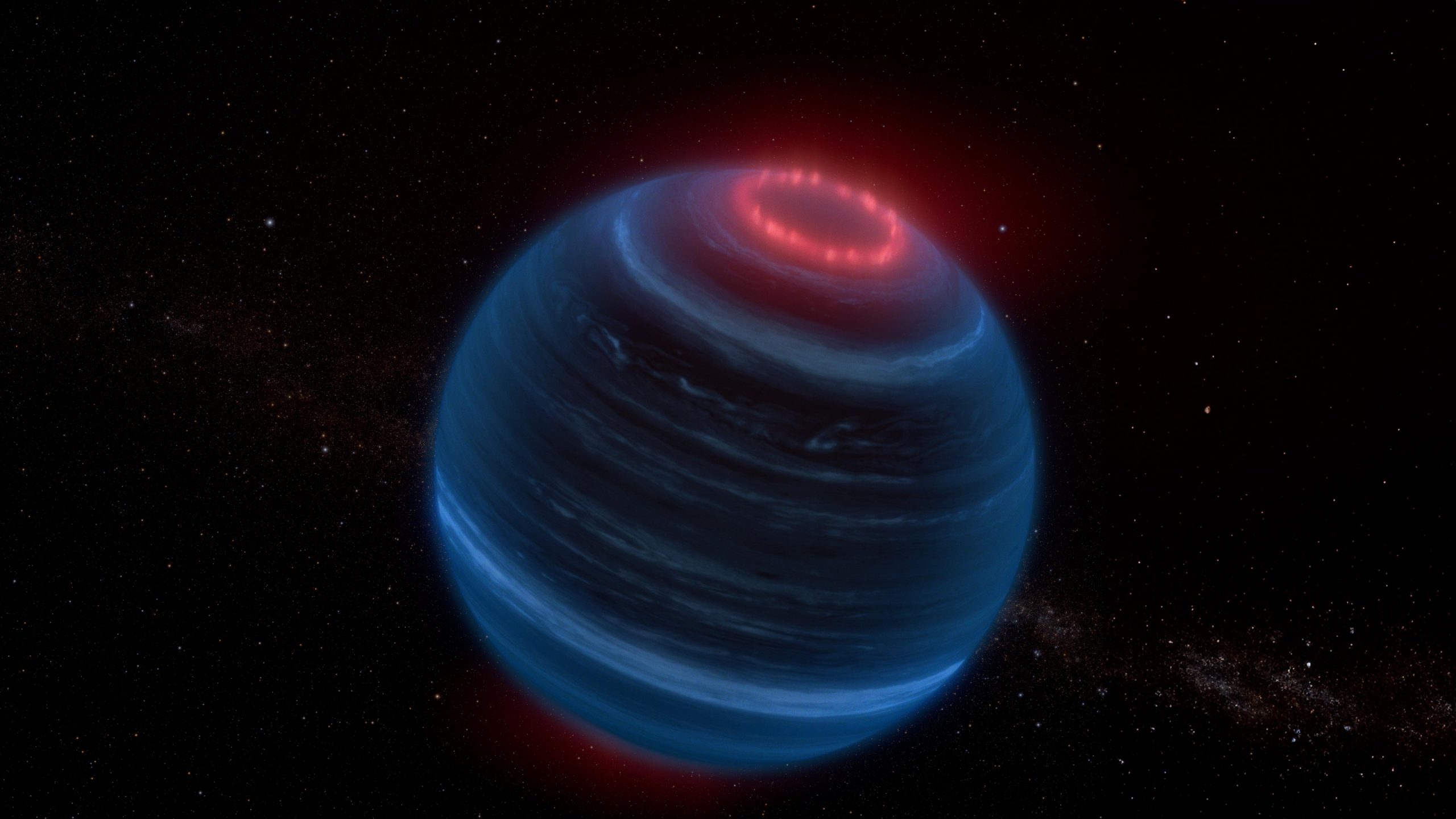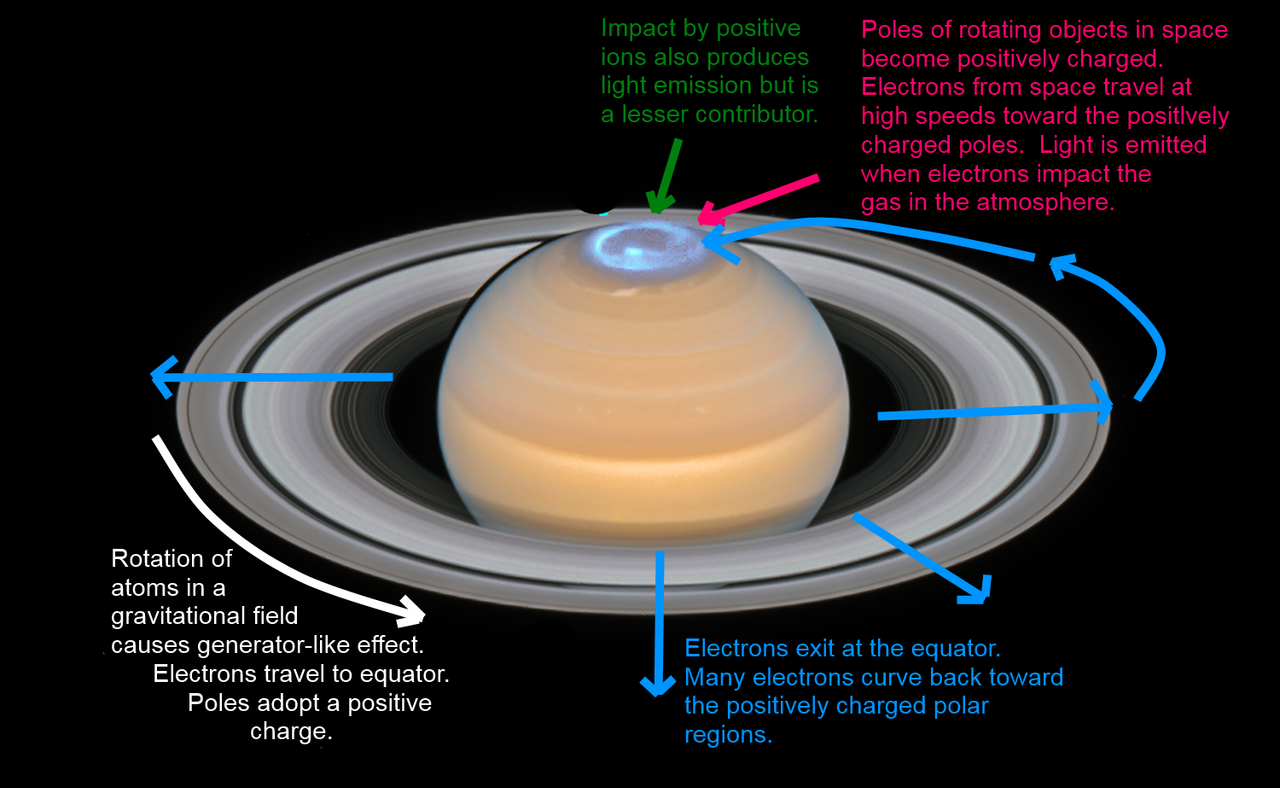Many of the infrared emission lines from the Oxygen-Hydrogen bond of water have overlapping regions with the Nitrogen-Hydrogen bonds found in ammonia and nitrogen-containing hydrocarbons.
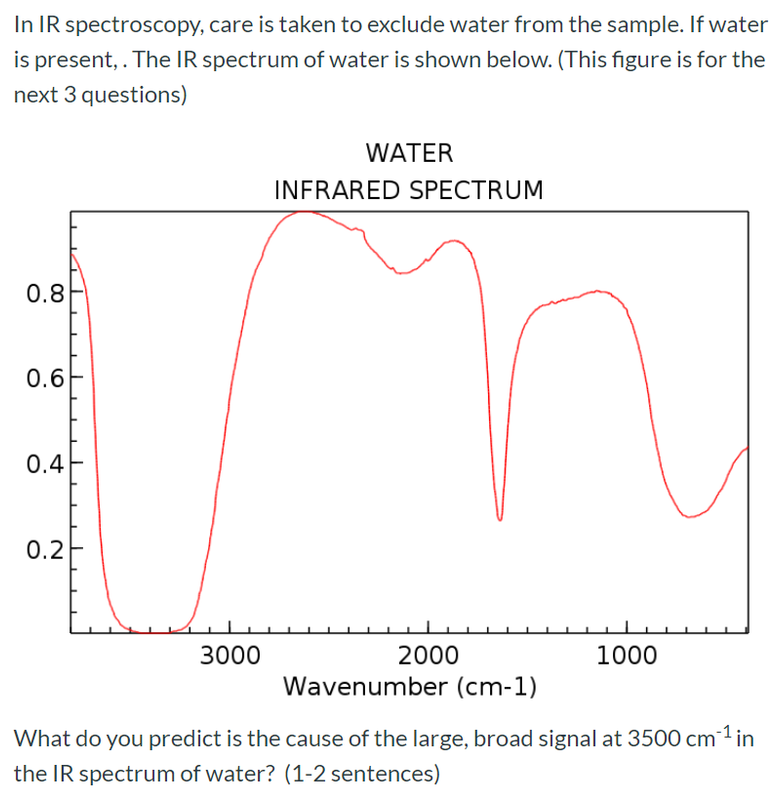
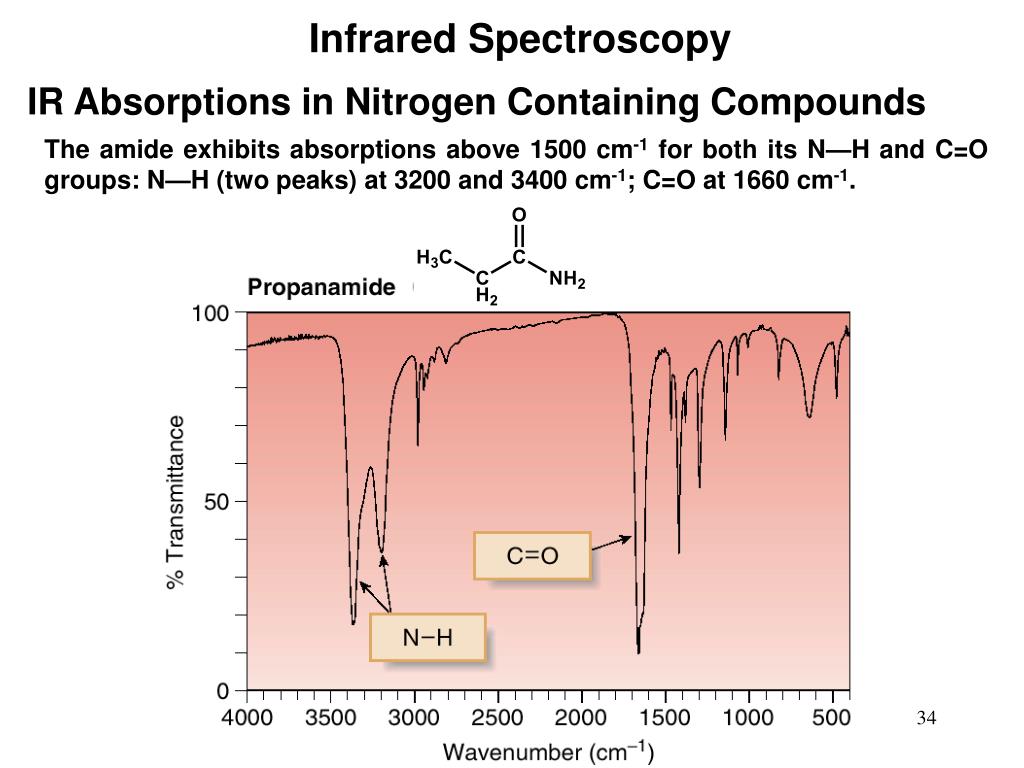
The carbon-hydrogen bonds can also have some overlaps with the Oxygen-Hydrogen bonds.
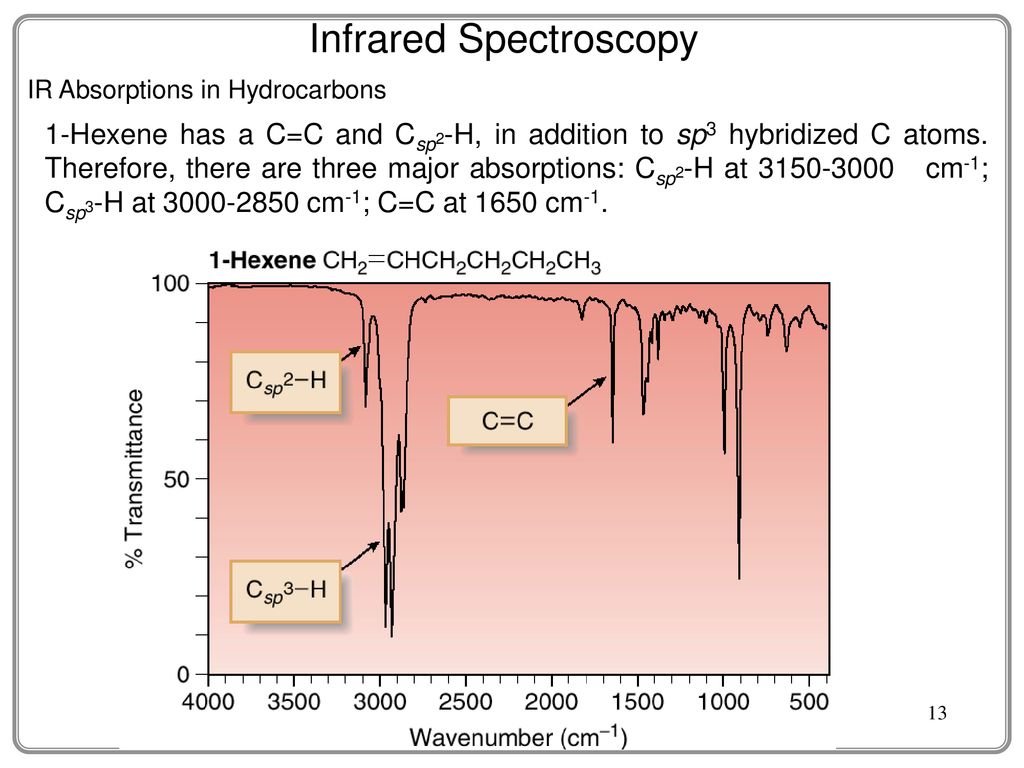
While we frequently hear about water compositions in comets, planets and galaxies, many of these observations are based on spectroscopic readings.
When the Rosetta spacecraft was sent to comet 67p with a mass spectrometer, they found fairly large numbers of hydrocarbons in addition to water:

The following table shows abundances in this table:

This article highlights the difficulty determining composition of planets based on spectroscopic readings:
https://www.space.com/uranus-neptune-le ... on-mystery
When astronomers announce spectroscopic findings of water in distant galaxies, I tend to consider the results with more caution than local celestial bodies:
https://www.space.com/12400-universe-bi ... water.html
This article was based on a spectroscopic study of sub-millimeter (microwave/infrared) emissions from a quasar 12 billion light-years from earth.
This is the study:

This image shows some millimeter wave spectroscopic emission lines from water compared to a methane/water mixture from a different study:

Personally, I trust readings from a mass spectrometer more than the infrared, sub-millimeter wave and millimeter wave spectroscopy. We also have to consider than both electromagnetic wave spectroscopy and mass spectroscopy are often looking at volatile materials that have been ejected from comets or outer layers of celestial bodies. Interior compositions can be more difficult to determine. My own opinion, of course, is that spectroscopy findings from one region of the spectrum such as infrared be confirmed with findings from another region of the electromagnetic spectrum.
